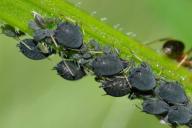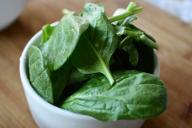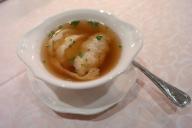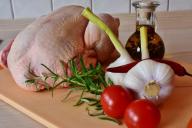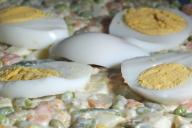Only beginners do not think about the mandatory spring processing of grapes from diseases and pests, but in vain.
As practice shows, this culture has many diseases, and there are even more pests that attack grapes.
We will tell you how to solve the problem with proven folk methods.
Processing of grapes is most often carried out by spraying and watering the earth around the plant, followed by loosening it.
Fixes the result of mulching with peat or compost.
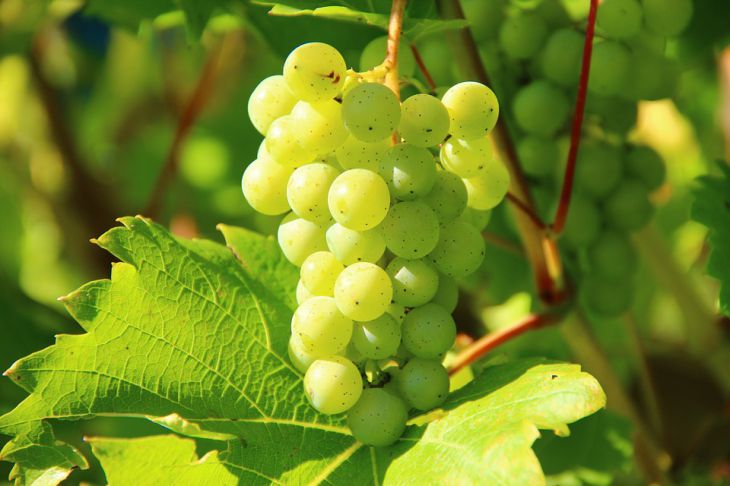
Diseases
Grapes suffer from fungous diseases. The most common and dangerous are false mildew, downy mildew, anthracnose, black, gray and bitter rot, black spot.
Pests
The most dangerous for grapes are phylloxera, marble beetle and its grubs, leaf worm, grape moth, cicadas, spider mites, wasps, slugs and snails.
When to process
Processing is carried out in the spring, after removing the covering material with the establishment of warm weather.
The first treatment is carried out with fungicides, repeated after two weeks.
The next spraying should be carried out in May, before flowering begins. Insecticides are used against insects, and fungicides against diseases.
In case of severe damage, the treatment is repeated after 10-12 days.
Folk remedies
Iodine. One bottle per 5 liters of water - effective against gray rot, carried out during the period of foliage.
Garlic infusion (50 g of crushed heads pour 0.5 l of water and leave for several hours, then dilute to 1 l). It is effective against all ticks, and is carried out in early spring and before flowering.
Milk solution (1 liter of non-fat milk per 10 liters of water), effective against powdery mildew. It is carried out during the growing season.
Laundry soap, water and ash (1:1:1). It is applied at an early stage of the lesion.
An infusion of onion peel, infused for two days, helps against all pests and is also used during the growing season.



